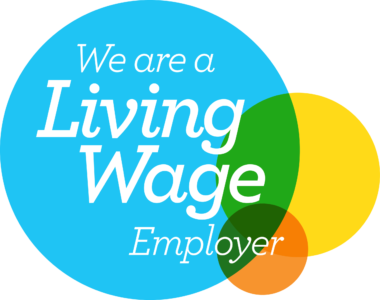Disputes between cohabitees, and/ or joint owners of property, are very common. Often this is because their interests and rights in the property have not been recorded expressly in a declaration of trust.
An express declaration of trust is a very useful document. It sets out who owns what shares in a property. The terms can also make it clear who is responsible for day-to-day issues such as the payment of the mortgage and renovations; who is entitled to occupy the property; and when and how the property can be sold.
To satisfy the formality requirements of a trust, a declaration of trust must be in writing and signed. It can be a stand-alone document, but frequently people enter into an express declaration of trust simply by ticking a box within panel 10 of Land Registry Form TR1 when purchasing a property in joint names. Panel 10 contains tick-box options from which you can select. More information about this can be found here.
The court has described declarations of trust as amounting to “conclusive” evidence of the beneficial shares. However, entering into an express declaration of trust does not always prevent disputes from arising. This is because it is possible to vary or set aside a declaration of trust in some circumstances. For instance, a cohabitee might have entered into a declaration of trust stating that they are entitled to 50% of the sale proceeds, but following the breakdown of their relationship, the cohabitee might decide that they want 75%. The cohabitee in that case will only be to depart from the declaration of 50/50 shares if they can satisfy one or more of a few very limited grounds. This article summarises some of the more common grounds.
Undue influence
The objective of the principle of undue influence is to ensure that the influence of one person over another is not abused. It may apply to a wide variety of transactions, including transfers of property and equity (especially those at an undervalue).
By way of example, if a person intends to convey a property to another person, but that intention was not brought about by their own free will, the law will not allow the transaction to stand.
Broadly speaking, there are two types of unacceptable conduct which may amount to undue influence:
- Overt acts of improper pressure or coercion, such as threats or concealment of information.
- Where there is a relationship of influence or ascendancy between the two parties, of which the dominant party has taken unfair advantage.
In some relationships (such as those between parent and child (but not child as against parent), guardian and ward, trustee and beneficiary, solicitor and client, religious, medical and spiritual advisers and their followers or patients), the law presumes that a relationship of influence exists. In those instances, if the transaction calls out for an explanation, undue influence will be presumed, and it will be for the other party to prove that the transaction was not in fact procured by an abuse of his or her position of influence.
Mistake
Agreements are most commonly set aside on grounds of mistake because of a common mistake, that is, where the document does not reflect the terms of what the parties both actually intended. For example, where A and B agree that they will hold the property in 60/40 shares, but their solicitor, in error, states in the trust deed that they are to own the property in 50/50 shares. If the parties sign the agreement without realising the mistake, they can apply to set it aside on grounds of common mistake.
An actual case example of a declaration of trust being set aside on grounds of common mistake is Wilson v Wilson [1969] 3 All E. R. 945. Here the defendant wanted to buy a house. His earnings did not meet the mortgage lender’s requirements, so the defendant asked his brother to join him on the loan application. The brother agreed. The property transfer contained a declaration that the brothers would hold the property as joint tenants in equity (i.e. that they would each be entitled to 50% of the sale proceeds). This was contrary to the actual intention of the brothers. The court rectified the transfer so as to reflect this actual intention.
It is important to recognise that common mistake is very different to a unilateral mistake. An agreement can (albeit, more unusually) also be set aside on grounds of unilateral mistake, however, this has a specific legal meaning and does not apply simply because one party regrets entering into the agreement. Unilateral mistake may apply where: (1) one party (‘A’) erroneously believed that the document contained a particular term, when it did not, or that it did not contain a particular term, when it did; (2) the other party (‘B’) was aware of the inclusion / omission, and that this was down to a mistake on the part of A; and (3) B failed to draw the mistake to A’s attention.
“Not my deed”
If a signed document is radically different in character from what a person thought they were signing (for instance, because they were blind or illiterate at the time), then it may be possible to set aside the declaration of trust for this reason.
If the document is different from what the person thought they were signing, simply because they did not read it thoroughly or because they did not understand its legal implications, then it is very unlikely that the declaration of trust will be set aside for this reason.
Fraud
A declaration of trust may also be set aside on grounds of fraud. An obvious example of this is where a party’s signature on the document has been forged. For more information about this area, please see our earlier article: Fraud in the Context of Property Disputes.
Summary
Declarations of trust are important documents that are usually conclusive evidence of the beneficial shares in a property. However, it is possible to depart from a declaration of trust in certain circumstances, and this is something that we advise clients on frequently.
For more information about the topics covered in this article, please contact Stephanie Butler. Law covered as at October 2021.
The content of this article is for general information only. It is not, and should not be taken as, legal advice. If you require any further information in relation to this article please contact the author in the first instance. Law covered as at October 2021.








